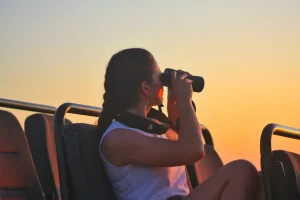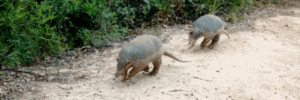How trap cameras are helping to conserve biodiversity in the Pantanal and at the Aymara Lodge
Trap cameras are devices that were developed in the 1970s to help researchers study animal behavior without the need to interfere with wildlife. These cameras are activated by motion or heat and can be programmed to capture images or video automatically, without the need for a human observer to be present.
Although trap cameras are relatively new, the idea of using automatic devices to observe wildlife dates back to the 19th century. At the time, American inventor George Shiras III used automatic trigger devices to capture nighttime images of animals in the forest. Shiras used a device with a light sensor to detect the animals' movement, which triggered the camera and captured images on glass plates.
However, the trap camera technology we know today was only developed in the 1970s by the ecologist William McShea, who worked at the Smithsonian Institution in the United States. McShea needed a way to study the nocturnal habits of deer in a dense forest, but he didn't want to interfere with the animals' natural behavior. He decided to create a camera that could be activated by the animals' movement and that could capture images automatically, without the need for a human observer to be present.
Since then, trap cameras have become increasingly popular with wildlife researchers and observers around the world. With the advancement of technology, cameras have become more and more sophisticated and capable of capturing high quality images even in low light or fast moving conditions.
Nowadays, trap cameras are widely used to study wildlife all over the world, from the Amazon to the African savannas. In addition, these cameras are also used for conservation purposes, helping researchers monitor the presence and movement of endangered species and identify areas that should be protected.
In summary, although trap cameras are a relatively new technology, they have become a valuable tool for observing and studying wildlife around the world and here at Aymara Lodge as well. With their increasing use, these cameras can help protect and preserve our planet's species and natural habitats, as we have shared in the post about observing the giant armadillo.








